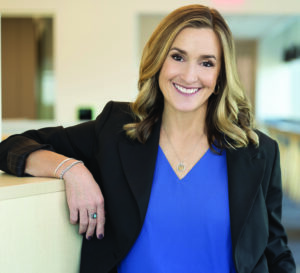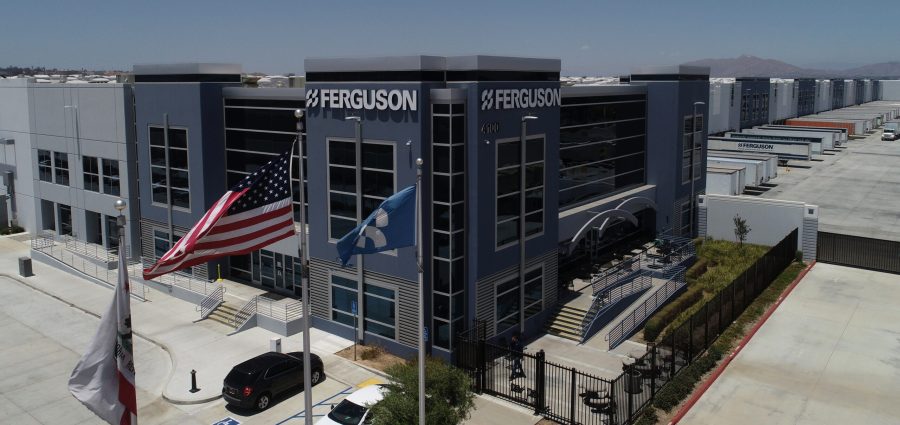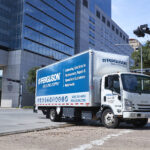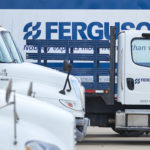Our MDM audience has likely seen a fair amount of news in recent years from major companies announcing their sustainability goals and pledges. While many of those come from manufacturers, there’s only a handful of publicly-traded distributors that have made the same pledges or even task themselves with releasing an annual environmental, sustainability and governance (ESG) report. After all, no company is required to do so by law.
Ferguson, the largest distributor of plumbing supplies, PVF, waterworks and fire and fabrication products in the U.S., released its 2021 ESG report in early June, highlighting the company’s progress in conducting its operations with a lighter footprint while creating positive impact for its stakeholders.
Just a couple of weeks later, I was able to interview Denise Vaughn — Ferguson’s vice president of sustainability — for MDM’s latest podcast. It was great to learn about the company’s ESG efforts from the person leading them, and to shed light on a topic not often discussed in the distribution sector.
Ferguson’s ESG report was highlighted by its stated goal of slashing its Scope 1 and Scope 2 emissions by 35% per U.S. dollar of revenue by 2026. So, I was curious as to what it’s going to take for the company to reach that goal over the next four years. Ferguson has more than 1,600 locations and about 5,000 vehicles in its fleet. That’s an enormous footprint to manage reducing emissions.

“We look at this in terms of three major categories where we think we have the greatest opportunities to lighten our footprint and reduce our emissions, and that’s with our fleet, within our facilities and through renewable energy,” Vaughn told me.
Vaughn explained how the company is preparing to pilot a hybrid-zero truck and bus voucher incentive program in California that will involve rolling out electric vehicle technology through OEM partners. And the electrification doesn’t stop at Ferguson’s trucks. The company is eyeing electrifying forklifts in its distribution centers and larger warehouses nationwide. Beyond that, the distributor is looking at how to optimize delivery routes, upgrading LED lighting and HVAC equipment and increase its use of clean energy to power its locations.
Vaughn detailed how the company’s Ferguson Cares program is working to help address the issue of over 2.2 million Americans without access to running water or proper sanitation at home and how Ferguson’s associates have responded to recent natural disasters — utilizing the company’s branch network to provide supplies wherever needed.
Another major milestone Ferguson recently passed was completing its primary listing move from the London Stock Exchange to the New York Stock Exchange and what it means for the company, besides its literal function as to where its stock shares are primarily traded. Ferguson has long done the majority of its business in North America, but was only known by that name in North America until 2017, when its parent company, Wolseley, officially rebranded to that name. Vaughn joined Ferguson CEO Kevin Murphy in ringing the NYSE’s opening bell on May 12, with the event also symbolizing the company’s final step in that five-year endeavor.
“Now 100% of our operations, sales and profits are generated in North America, primarily in the United States,” Vaughn said. “And it was a multi-year, very strategic and intentional journey. We took our time throughout the process to make sure that our shareholders were comfortable and supported our move as we as we went through the journey. And now we can say that our listing is aligned with where our management team resides, where our business operates, and where we have the greatest growth opportunities.”
Check out the full podcast at the audio player above, and check out all of MDM’s podcasts here.
Lead photo courtesy of SunPower Corporation.
Related Posts
-
CEO Kevin Murphy said the listing structure is now ‘fully aligned with our operations and…
-
The company reported $6.5 billion in sales for the quarter ending Jan. 31, as core…
-
The company reported gross margin of 30.3% and an operating profit of $712 million, which…





